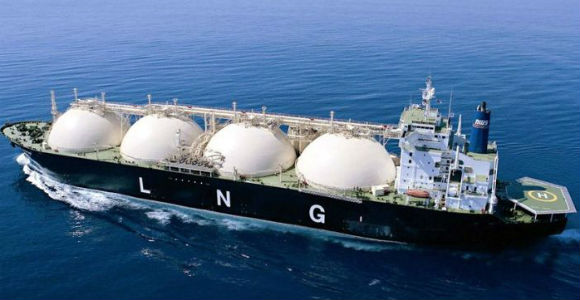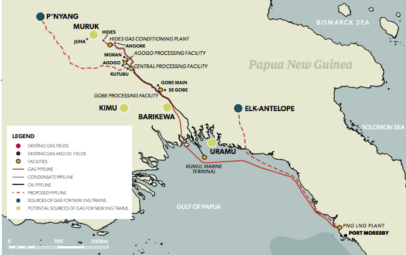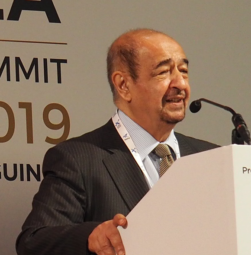Papua New Guinea must ensure that it is at the front of the ‘queue’ in its LNG projects if it is to adapt to future volatility, according to Dr Fereidun Fesharaki, Founder and Chairman of the oil and gas consulting group Facts Global Energy (FGE). He predicts huge shifts in the oil and gas markets.
Whereas oil is a commodity traded long term, LNG has yet to achieve that same status.
The Chairman of FGE, Dr Fereidun Fesharaki, said the price of liquefied natural gas (LNG) is linked to the price of oil because of the relative immaturity of LNG markets.
‘No contracts or agreements with LNG are based on the spot market for more than one year. Everything is still short-term.’
Given the continued link between the price of oil and the price of LNG, PNG still needs to keep a close watch on the oil price.
Oil price
Fesharaki predicted that over the next five years the oil price should trade between US$60 (K202) and US$75 (K253) dollars.
He said the oil price is fluctuating because of geopolitics rather than supply and demand pressures.
‘It is essential that Papua New Guinea does not stay behind that curve; if you get at the back of the line you will have never ending problems.’
‘At the moment there is a political crisis with oil—that is the Trump factor. Trump doesn’t want the price above US$70 (K236); it probably won’t go above that as long as he is President [of the United States].’
LNG cycles
Fesharaki expects considerable volatility in the LNG market. He said 58 million tonnes of new LNG supply will become available in the next two years.
‘I think the prices we see today will be the same in the next two years—US$5-7 (K17-23) a million British Thermal Units (BTU), but more close to US$5 than US$7.’
After that, between 2022 and 2025, he expects there will be significant shortages in the market. Then, there will be another large increase in global supply.
‘We have in our forecasts 180 million tonnes of LNG to be [approved for Final Investment Decision] between 2018 and 2021.
‘A huge amount of LNG will come in the hands of the portfolio players, particularly the international majors.’
‘How long will it take to absorb 180 million tonnes? Organically, it could take a decade or longer.
‘So we have shortage, then a surplus, and then we have another shortage and then we have a surplus.
‘All the big boys decided they wanted to get into this gap and they are heading towards it—all at the same time.
‘So it is essential that Papua New Guinea does not stay behind that curve; if you get at the back of the line you will have neverending problems.’
Final investment decisions
Fesharaki said that for the first time a ‘massive amount of Final Investment Decisions (FID) in LNG are being made without customers being locked in first.
‘With oil, you produce first and sell later; with LNG you sell first and you produce later.
‘But this time, things are beginning to change. Seventy five per cent of these projects have no customers.
‘Ten years ago, more than 90 per cent of contracts that were signed had customers.
‘That means a huge amount of LNG will come in the hands of the portfolio players, particularly the international majors.’
Low carbon future
Fesharaki also said that global agreements on reducing carbon emissions could ‘take all the surplus LNG production off’.
He pointed to possible new emission rules for global shipping as one sector that could change demand for LNG.
‘There is a big move in China towards natural gas use, switching from coal to gas. But that is all about pollution, it is not about CO2.’
Another country under pressure to change its energy use is India, he said.
‘The pollution in Delhi now is a lot worse than in Beijing and there is no solution other than to move towards natural gas.’
What this may mean for business
- The LNG price volatility is likely to affect both domestic PNG businesses and the government’s revenues, who will face uneven conditions.
- PNG’s LNG projects can benefit from the country’s proximity to Asia and India.
- LNG supply is being brought on without customers locked in, which will mean that the price will be determined by professional investors—portfolio players. This will mean watching not just supply and demand but also professional investment tactics.











Speak Your Mind